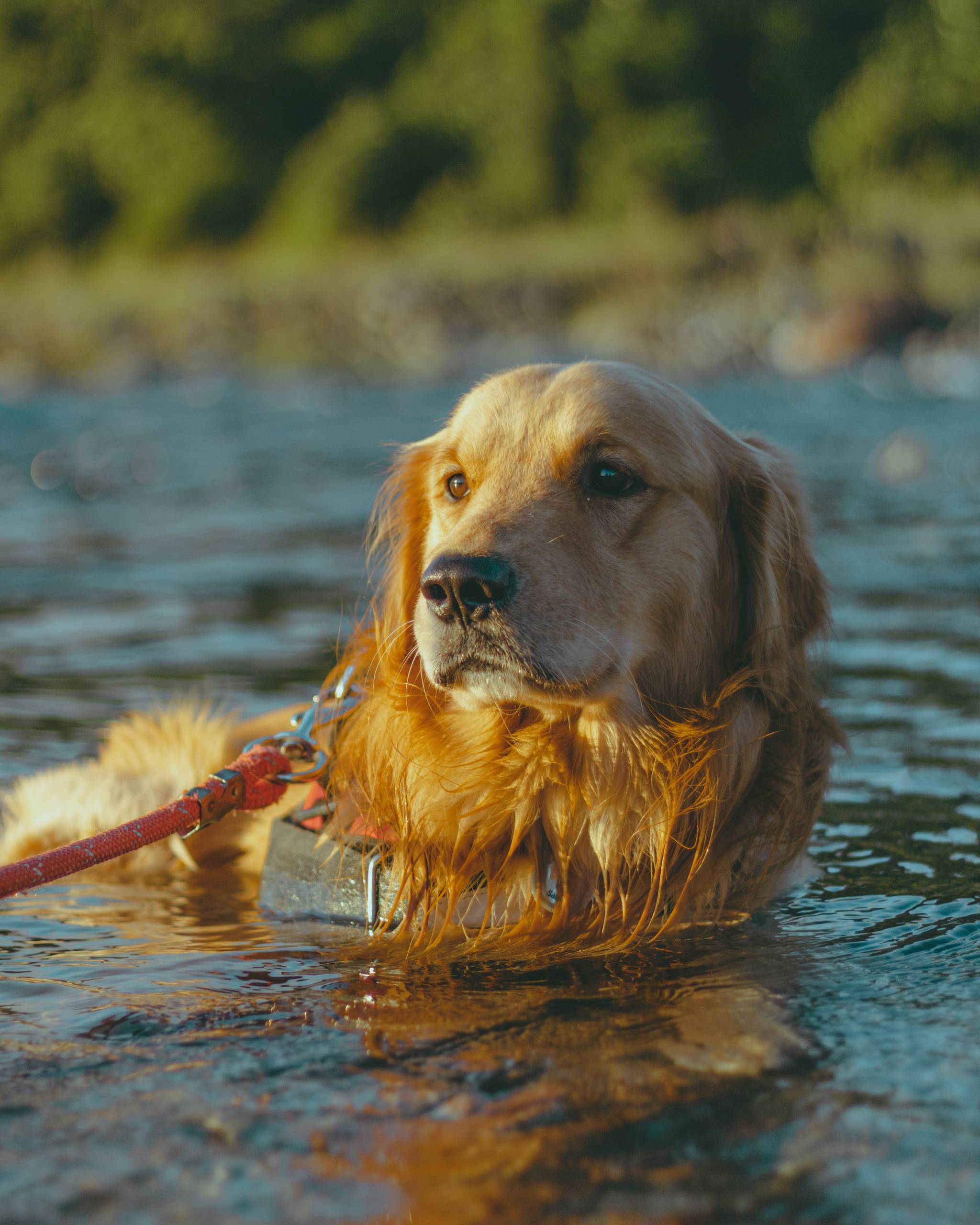
Understanding Dog Years
Dogs age at a different rate than humans. When a dog is young, they age much faster than humans do. As dogs grow older, their aging process slows down compared to humans. The old “one dog year equals seven human years” rule is a simple way to approximate the aging process, but it’s not entirely accurate. In reality, the rate at which dogs age varies depending on their size and breed.
Factors Affecting Dog Age Equivalency
The widely accepted idea of one dog year equaling seven human years is a bit of a misconception. In fact, smaller dogs tend to live longer than larger dogs, and different breeds age at different rates. For instance, larger breeds like Great Danes age more quickly than smaller breeds like Chihuahuas. This is because larger dogs tend to have shorter lifespans and age faster than their smaller counterparts.
Calculating Dog Years
To calculate how old your dog is in human years, it’s essential to consider their size and breed. There isn’t a one-size-fits-all formula, but a general rule of thumb is to consider the first year of a dog’s life as equal to about 15 human years, the second year as another 9 human years, and each subsequent year as about 5 human years. While this isn’t an exact science, it provides a more accurate estimation of your dog’s age in human terms.
So, If we apply the general rule of thumb, a 14-year-old dog would be approximately 72 in human years. However, this can vary depending on the size and breed of your dog. For instance, a 14-year-old Chihuahua would be much younger in human years compared to a 14-year-old Great Dane.
Caring for Aging Dogs
As our furry friends age, it’s essential to provide them with proper care and attention. Just like humans, older dogs may experience age-related health issues such as arthritis, vision or hearing loss, and dental problems. Regular veterinary check-ups, a balanced diet, exercise, and a comfortable living environment are crucial to ensure a good quality of life for aging dogs.
Celebrating Your Dog’s Age
Regardless of their age in human years, every year with our dogs is a gift. Whether your dog is a sprightly pup or a wise old companion, each stage of their life brings new joys and experiences. Celebrate the love and companionship they bring, and cherish the moments spent with your loyal canine friend.
In conclusion, understanding how old our dogs are in human terms helps us provide them with the care and attention they need as they age. While the “one dog year equals seven human years” rule isn’t entirely accurate, it gives us a starting point to appreciate our furry friends’ aging process. So, the next time you wonder about your dog’s age, consider their size and breed and remember to cherish each moment spent with your beloved pet.
[/fusion_text]



